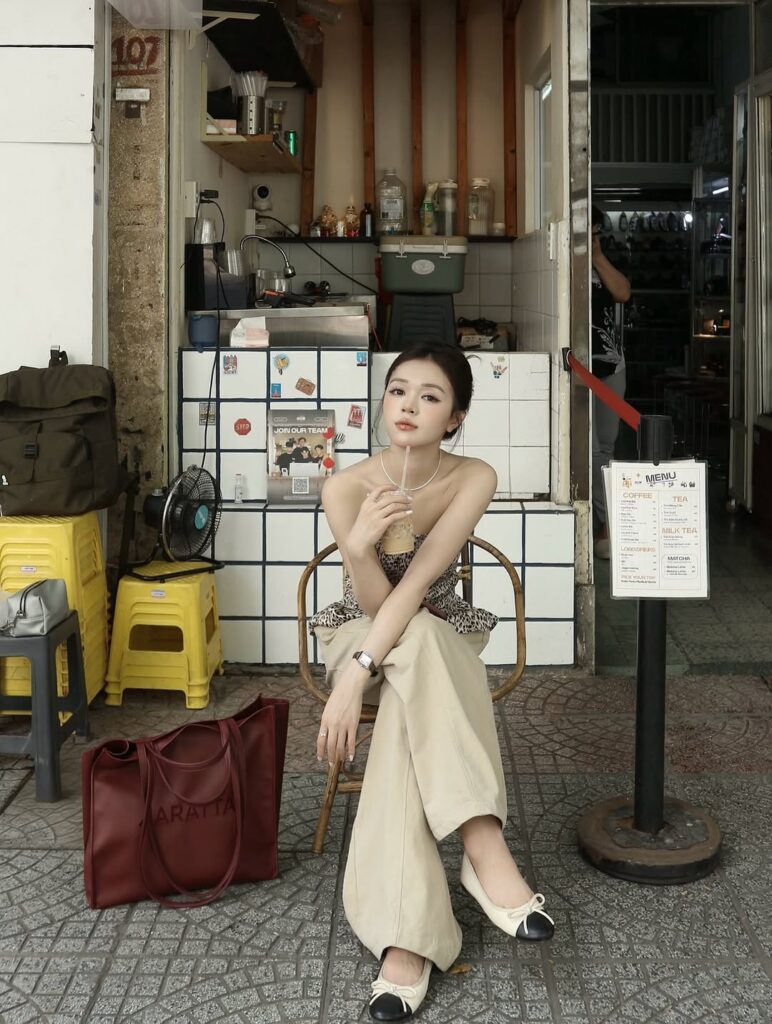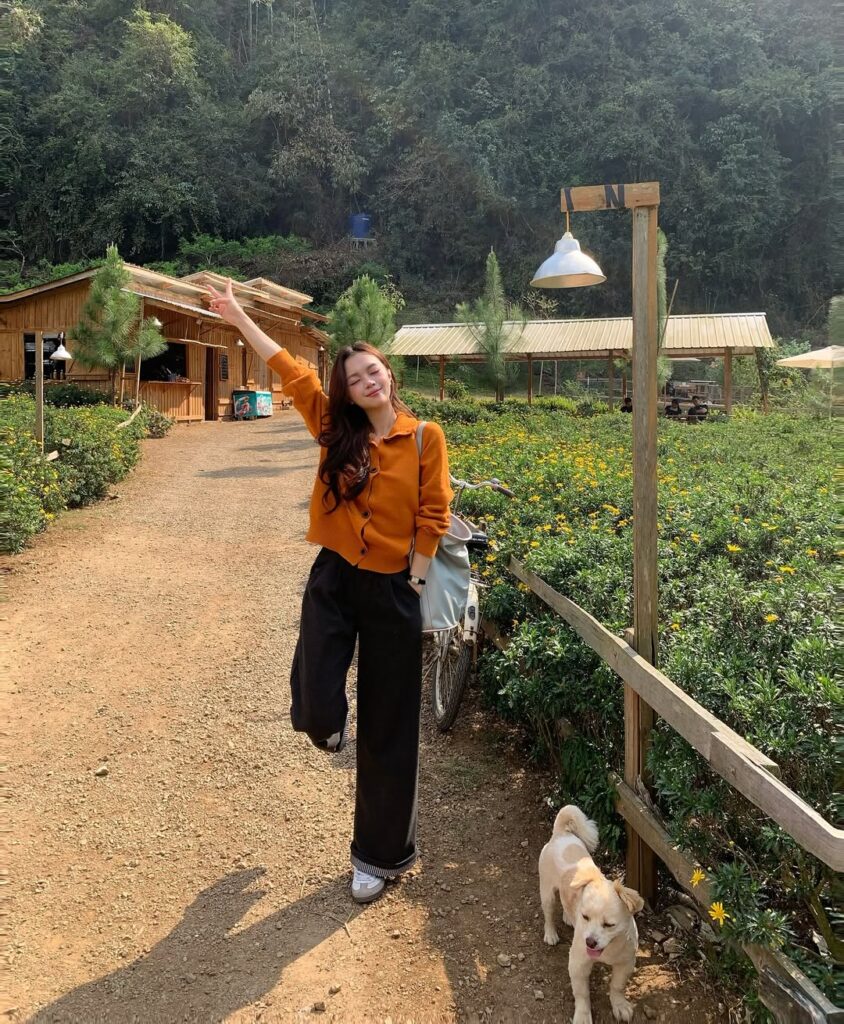Advertisements
Did you know that Vietnamese cuisine ranks among the world’s top 10 healthiest food cultures? I stumbled across this fact during one of my late-night research binges, and honestly, it made me reflect on my own complicated relationship with Vietnamese dishes. Growing up in a household where my mom tried to recreate authentic Vietnamese flavors with whatever ingredients she could find at our local grocery store, I thought I knew what Vietnamese food was all about.
Boy, was I wrong! My perspective on Vietnamese dishes has completely transformed over the years, and I’m excited to share this journey with you.
The Awakening: Beyond Pho and Spring Rolls

For the longest time, my understanding of Vietnamese cuisine was embarrassingly limited. Pho was my go-to comfort food, and I’d occasionally grab some fresh spring rolls when I wanted to feel fancy. But that all changed during a trip to Vietnam in 2019 – talk about a reality check!
I remember sitting in a tiny street stall in Hanoi, completely overwhelmed by the menu. The vendor, bless her heart, kept pointing at different dishes and trying to explain them in broken English. That’s when I discovered bun cha, and my whole world shifted.
The complexity of flavors hit me like a truck. Sweet, sour, salty, and umami all dancing together in perfect harmony. I realized I’d been viewing Vietnamese food through such a narrow lens, missing out on incredible regional variations and cooking techniques.
Regional Differences That Blew My Mind
Here’s where things got really interesting – and where I made some pretty embarrassing mistakes. I used to think all Vietnamese food was the same, regardless of region. Wrong again!
Northern Vietnamese cuisine tends to be more subtle and less sweet compared to the south. When I first tried authentic pho ga in Hanoi, I was surprised by how different it tasted from the versions I’d grown up with. The broth was clearer, more refined, and the herbs were completely different.
Southern Vietnamese dishes, on the other hand, pack more punch with sugar and spice. Central Vietnam? That’s where the heat lives – and where I learned my spice tolerance wasn’t as high as I thought it was.
The Art of Balance: What I Learned About Vietnamese Cooking Philosophy
One thing that really struck me was how Vietnamese cuisine embodies the concept of yin and yang. Every meal is carefully balanced – hot and cold, sweet and sour, soft and crunchy textures all working together.
I started paying attention to how each dish incorporates fresh herbs, pickled vegetables, and different proteins. Take banh mi, for example – it’s not just a sandwich, it’s a masterclass in texture and flavor balance.
The fresh cilantro cuts through the richness of the pate, while pickled carrots add that essential acidic pop. I tried making my own version at home and completely butchered the proportions the first three times. But hey, that’s how you learn, right?
Street Food Culture: Where the Magic Really Happens
If you really want to understand Vietnamese food culture, you’ve got to experience the street food scene. I’ll never forget my first bowl of bun bo hue from a roadside vendor in Hue.
The vendor had been making the same dish for over 30 years, and you could taste every bit of that experience in the broth. The depth of flavor was incredible – spicy, aromatic, and completely different from anything I’d experienced before.
Street food taught me that Vietnamese cuisine isn’t just about the food itself, it’s about community, tradition, and the stories behind each dish. These aren’t just recipes passed down through generations – they’re cultural artifacts.
Modern Vietnamese Cuisine: Tradition Meets Innovation
What’s really exciting is seeing how contemporary Vietnamese chefs are reimagining traditional dishes. I’ve been following some amazing Vietnamese-American chefs who are putting fresh spins on classic recipes while respecting their roots.
The fusion isn’t about abandoning tradition – it’s about evolution. These chefs understand that food culture is living and breathing, not something frozen in time.
I tried making a deconstructed pho at home once, inspired by a restaurant I’d visited. Epic fail, but it taught me to appreciate the skill and creativity these chefs bring to the table.
My Transformed Perspective: More Than Just a Meal
Looking back, I realize my journey with Vietnamese cuisine mirrors my own growth as a person. What started as simple appreciation for tasty food evolved into understanding an entire culture’s approach to nourishment, community, and tradition.
Vietnamese dishes aren’t just about satisfying hunger – they’re about bringing people together, preserving history, and celebrating the incredible diversity within a single cuisine. Every bowl of pho tells a story, every fresh spring roll represents centuries of culinary wisdom.
I encourage you to dig deeper into Vietnamese cuisine beyond the familiar dishes. Try different regional specialties, visit authentic restaurants, and most importantly, approach each meal with curiosity rather than assumptions. Your perspective might just get turned upside down like mine did!
Want to explore more food adventures and cultural discoveries? Check out other posts here at Linkcheese where I share more of my culinary mishaps and triumphs!



Pingback: How I Tripled My Vietnamese Content Engagement This Year